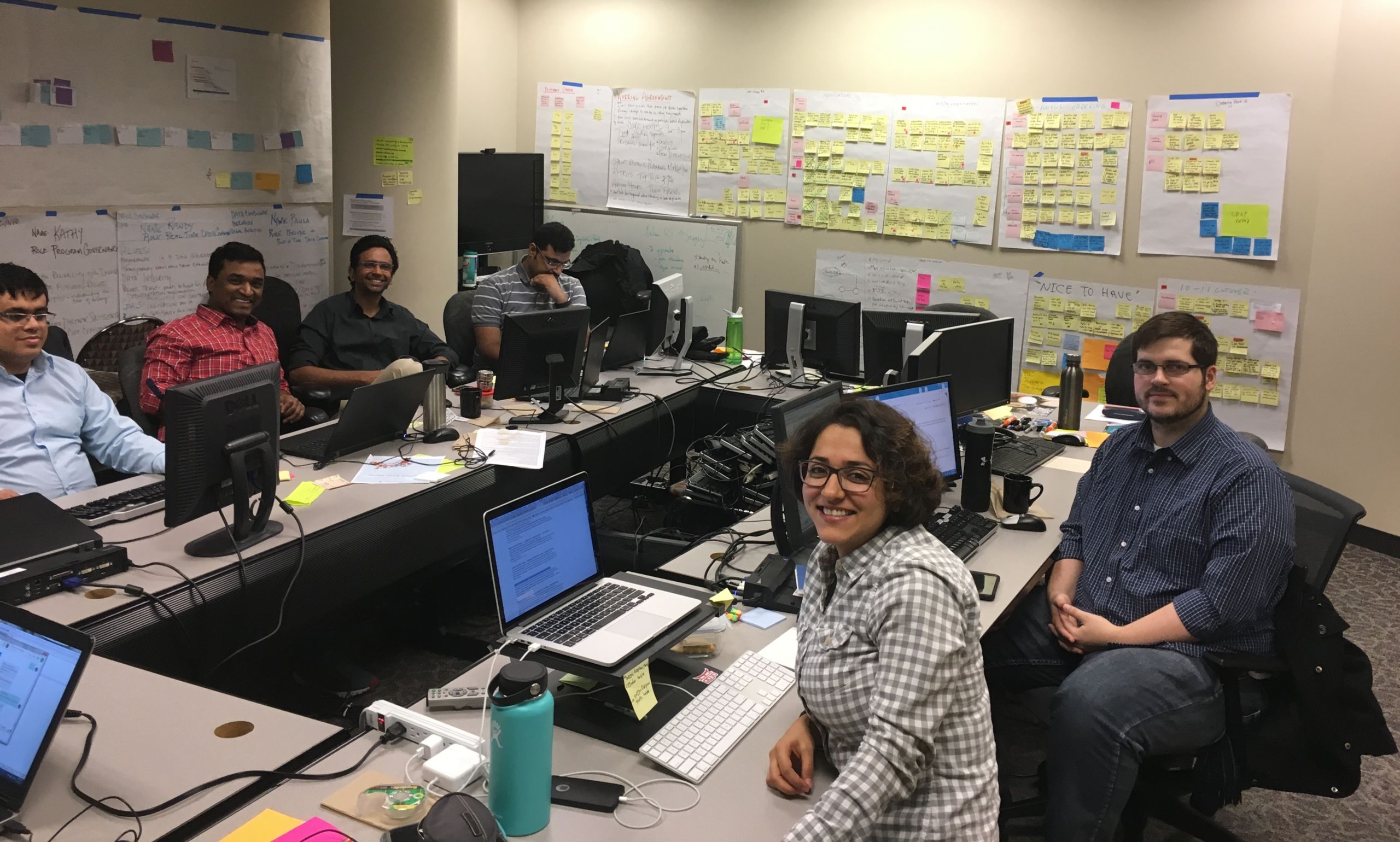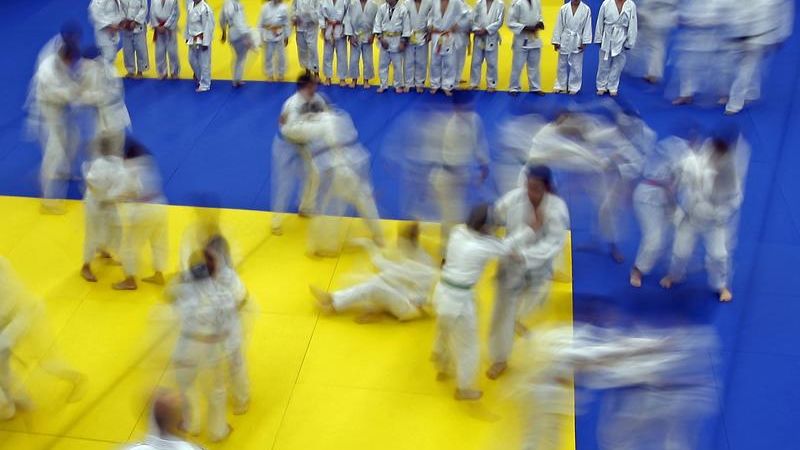In Japan, dojos are training schools or education halls. The software field is applying dojo principles to the development and implementation of new tools. Here's how it worked for one Thomson Reuters team.
As its manifesto states, the focus of agile software development is on early validation of ideas and permitting the development team to adjust to the realities of execution. We’ve long practiced agile software development at Thomson Reuters, notably using it to develop WestlawNext between 2007 and 2010. Over the years, we’ve noticed it is far easier to practice the agile approach at the team level than in a larger environment that spans many organizational structures.
Beyond that, like any software development process, adoption and adherence to best practices can drift over time. In early 2016, we started a “development excellence” initiative to explore and execute best practices for software development. This included our application of agile software principles, but also looked at how we code, build, test, deploy and run.
With any organizational change initiative, one of the key areas of exploration is the most effective way to get skills and techniques to the teams on the ground. There are many options, from classroom learning to embedding experts. We’ve tried many and few seem to have the combination of cost-effective scaling and long-term benefits that we need.
Thus, when we heard about the “Dojo” concept, we were intrigued. Dojo is Japanese for “place of the way.” The concept is both a physical and metaphorical space where teams can come to learn agile principles, certainly, but also improve other aspects of software engineering or embrace new frameworks and tools.
Target Corporation was an early adopter in the Twin Cities, where Thomson Reuters Eagan location is located, and was gracious enough to host us for a morning. In the model, a team applies to physically relocate to the dojo for six weeks. The team members are expected to bring a real-world problem (no made-up scenarios here) and fully commit their time. In return, they are provided a communal working space and experts in the areas they wish to improve upon.
From an agile perspective, the team practice two-day “sprints” rather than the more normal two-week periods of focus. While this adds overhead, it permits more repetition of the agile ceremonies like planning and retrospectives.
This summer, we opened a Dojo in the basement of our Eagan campus and started accepting applications from teams. We’ve now had several groups go through and have observed similarities across all groups: Productivity drops initially as the teams adjust to the new model, but within a couple of weeks the teams have adapted and are working more productively. Morale improves and groups exiting rave about what they’ve learned with positive net promoter scores.
Looking forward to 2018, we are excited to try Dojos in more of our locations.

Learn more
Visit Innovation @ ThomsonReuters for more on how we bring together smart data and human expertise to find trusted answers.



